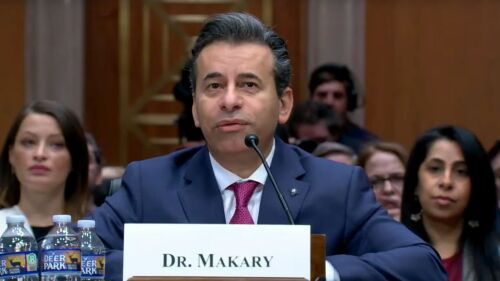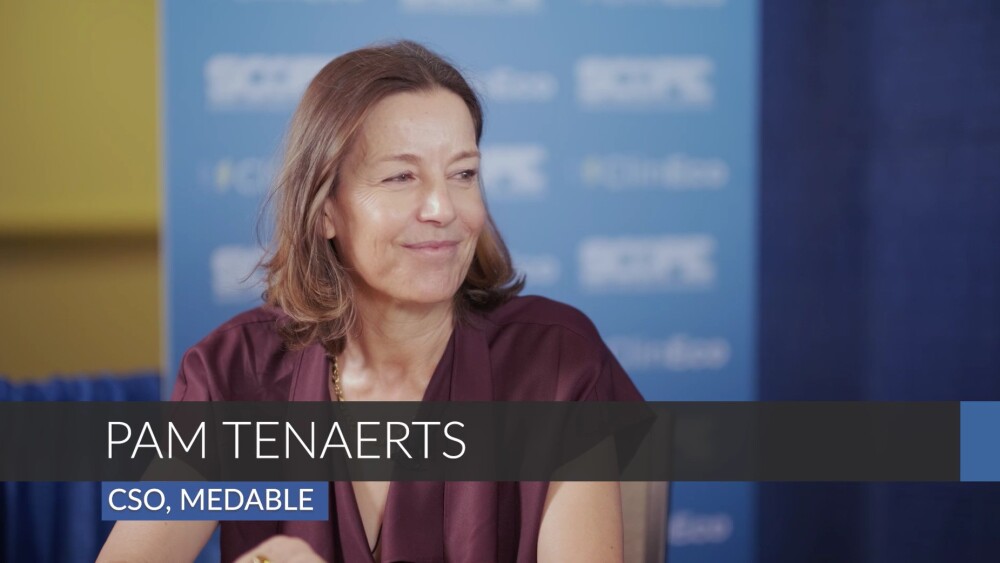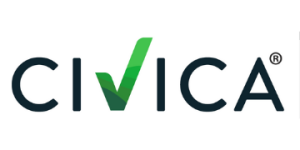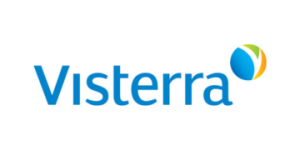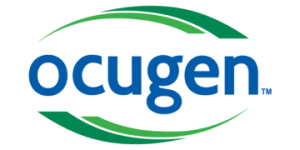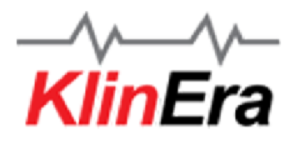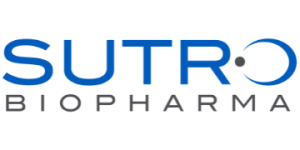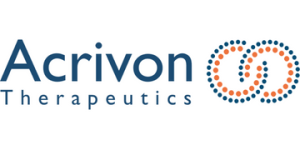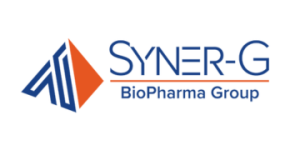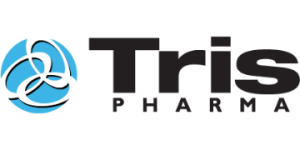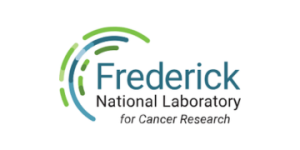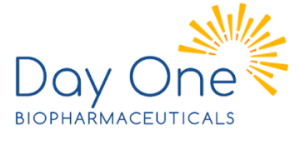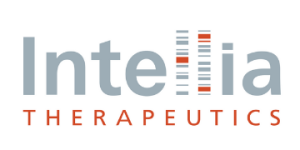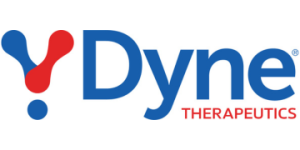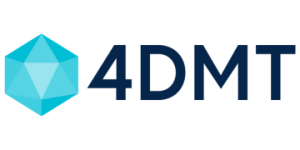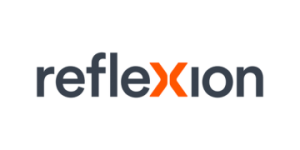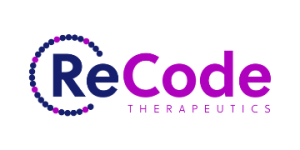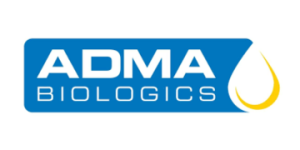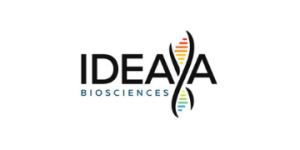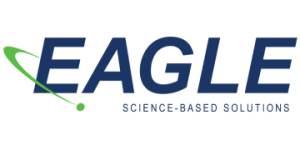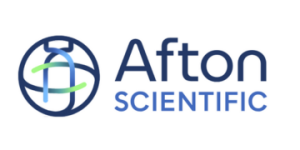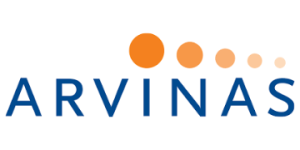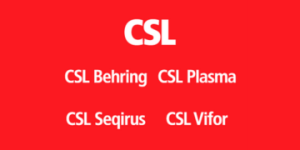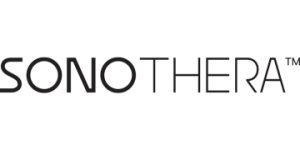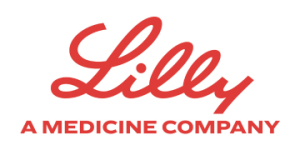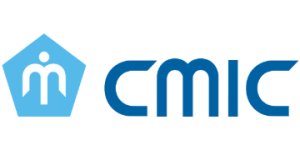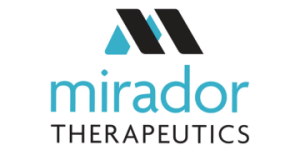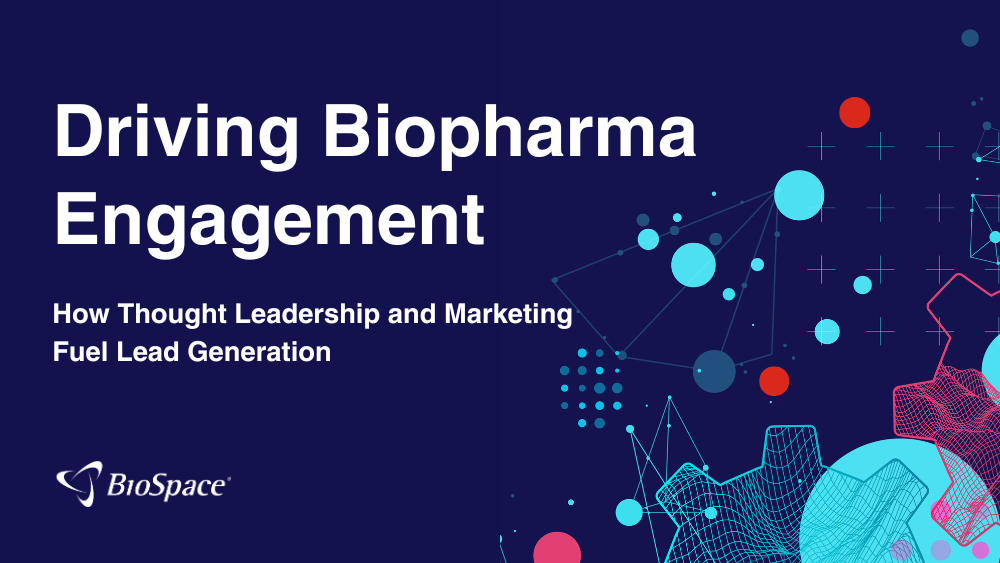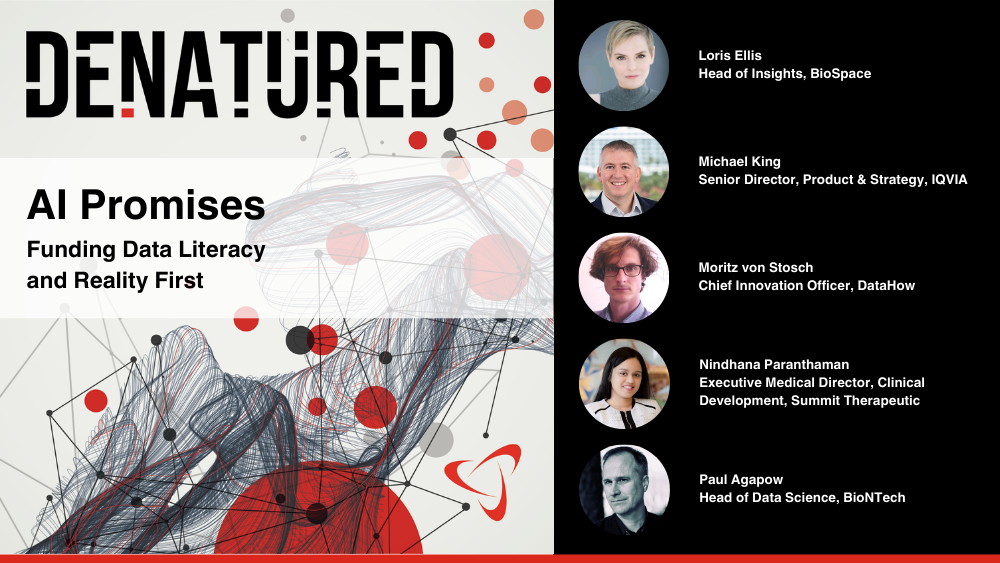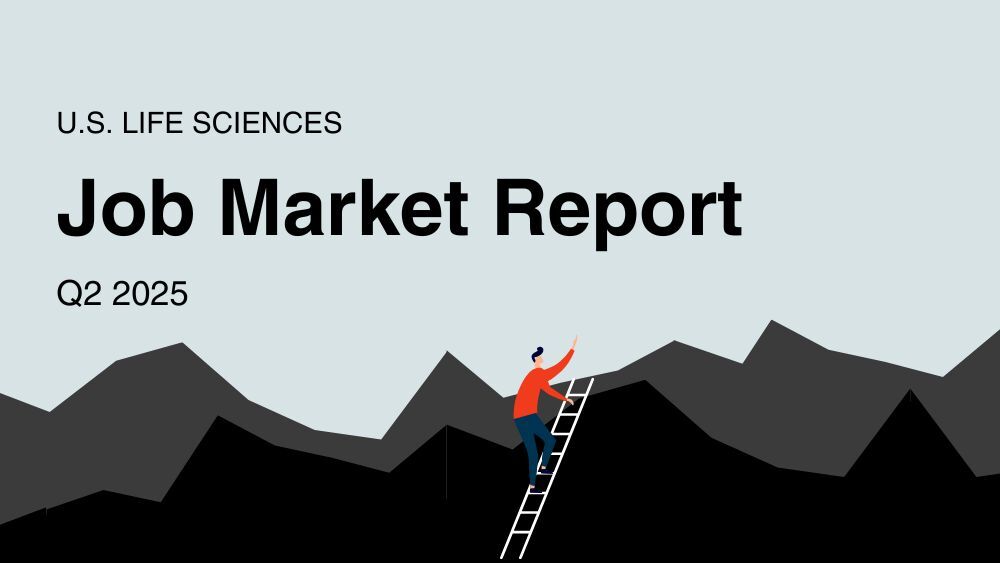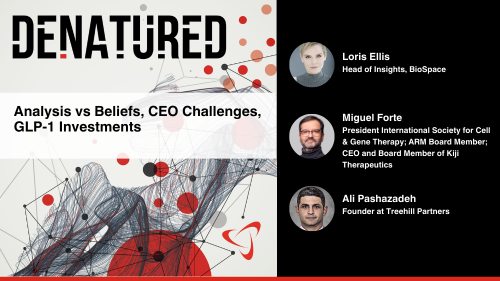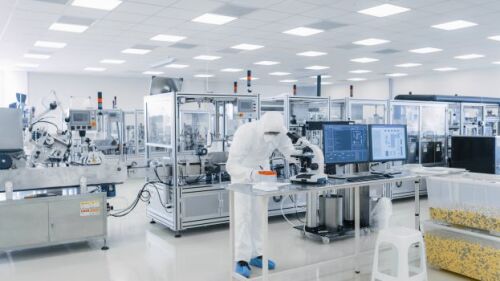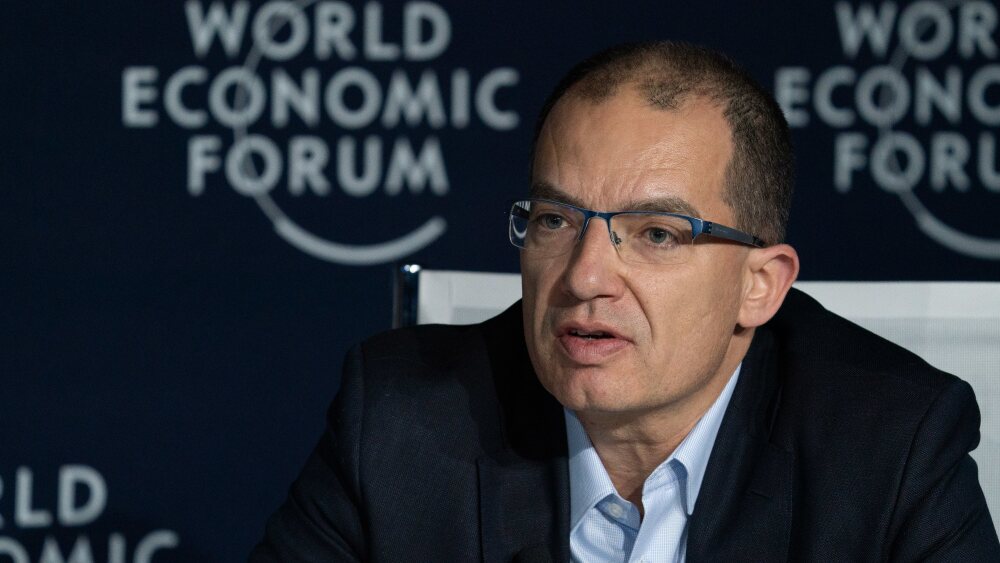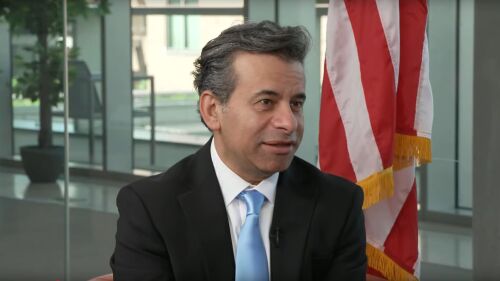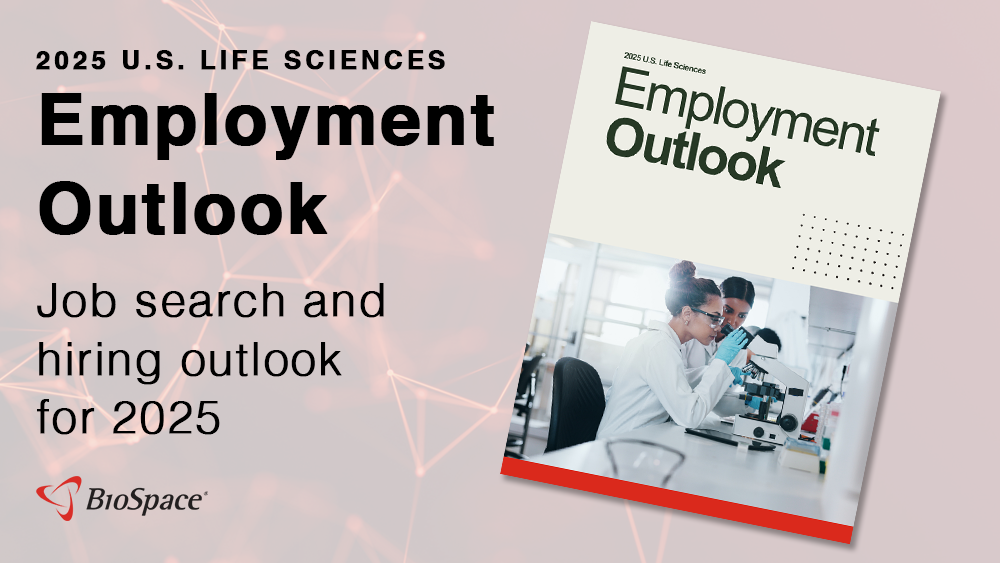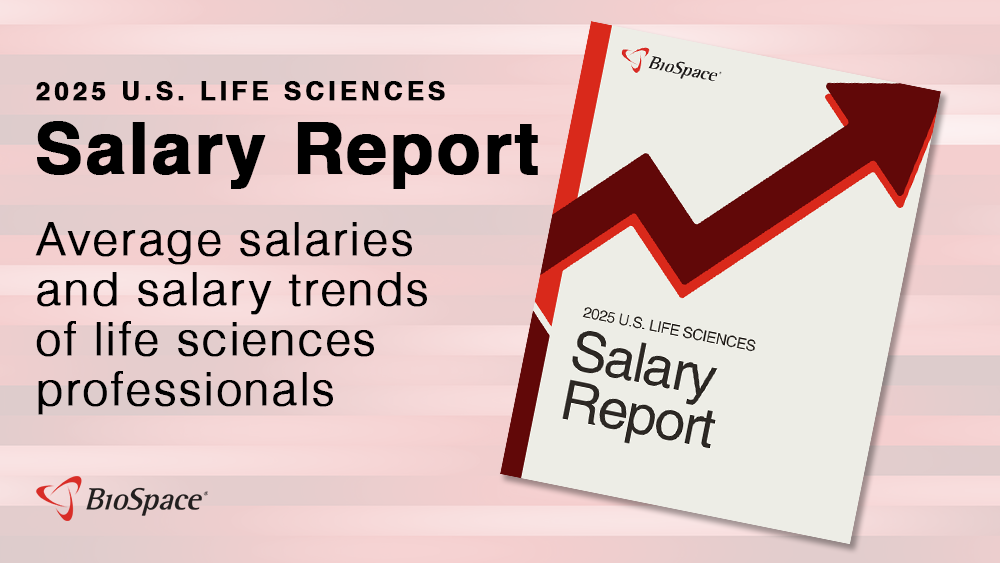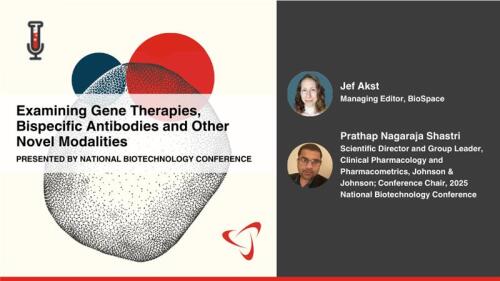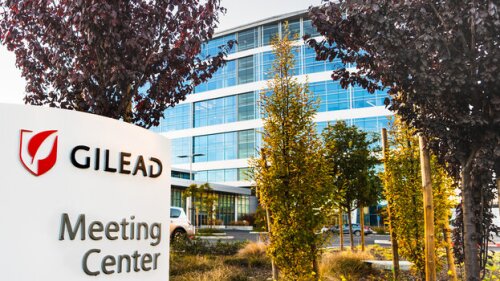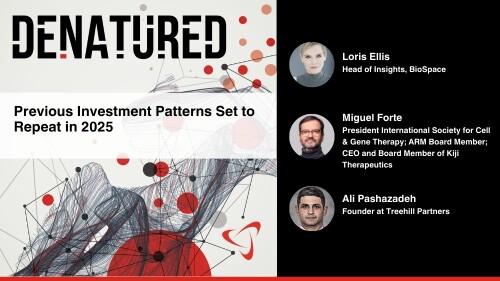According to Makary, reducing user fees—which make up just under half of the FDA’s budget—could make it easier for smaller companies, individual investors and academics to participate in the process.
The molecule, developed in collaboration with Massachusetts-based Kailera Therapeutics, is headed for a new drug application in China and global clinical trials.
Despite the FDA commissioner’s promises of partnership and collaboration, personnel changes and continued federal cuts create uncertainty for an industry already struggling with nearly half a decade of investment scarcity.
The drug came to AstraZeneca through its acquisition of CinCor Pharma in 2023, with the hopes of beefing up its cardiovascular and kidney disease pipelines.
Takeda’s oveporexton improved wakefulness, attention and other key narcolepsy endpoints “with a high degree of statistical significance,” according to Jefferies analysts.
The development saga for the depression molecule has been rocky for years, unable to ease symptoms in multiple late-stage trials.
FEATURED STORIES
SpringWorks Therapeutics sprung out of Pfizer’s storeroom, when a rare disease advocacy group pushed to keep a program for neurofibromatosis alive. This method could work for “every rare disease under the sun,” advocates say.
SpringWorks Therapeutics is the perfect case study for rescuing a discontinued assets. It’s time to repeat the process for every rare disease, experts say.
The industry remains unwavering in the commitment to increased clinical trial accessibility and representation.
Price-negotiation provisions that are out of step with reality are discouraging funders and Big Pharma partners from investing in potentially transformative therapies. Fixing some of the unintended consequences of the IRA will clear the way for innovative medicines to reach patients in need.
Non-opioid pain therapies are entering an unprecedented era, marked by the landmark FDA approval of Vertex’s Journavx and a growing number of alternative approaches. Their ultimate uptake, however, remains to be seen.
With the modality now in early clinical trials, experts say more efficiency, broader editing capabilities and delivery breakthroughs are needed to propel RNA editing to the next stage.
FROM BIOSPACE INSIGHTS
Establishing trust through thought leadership is no longer optional in today’s cautious biopharma market. Learn how strategic insights and targeted outreach can turn awareness into high-converting leads.
LATEST PODCASTS
In this episode, Lori and guests discuss practical approaches regarding artificial intelligence and investor and industry confidence in its current state.
BioMarin’s new business strategy leaves investors with questions; Lykos CEO steps down; Terns releases compelling data on oral weight loss candidate; and more.
Eli Lilly offers weight loss drug Zepbound directly to consumers while Novo Nordisk continues to struggle with supply challenges for its own GLP-1s. Meanwhile, gene therapies for retinal diseases target competitive market, and layoffs persist.
Job Trends
I-Mab enters clinical collaboration with Bristol Myers Squibb to evaluate Claudin 18.2 x 4-1BB bispecific antibody givastomig in combination with nivolumab and chemotherapy for the treatment of gastric and esophageal cancer.
Subscribe to Genepool
Subscribe to BioSpace’s flagship publication including top headlines, special editions and life sciences’ most important breaking news
SPECIAL EDITIONS
BioSpace data show biopharma professionals faced increased competition for fewer employment opportunities during the second quarter of 2025, with increased pressure from further layoffs.
BioSpace did a deep dive into executive pay, examining the highest compensation packages, pay ratios and golden parachutes—what a CEO would get paid to leave.
A new generation of checkpoint inhibitors is emerging, with some showing more promise than others. From recent TIGIT failures to high-potential targets like VEGF, BioSpace explores what’s on the horizon in immuno-oncology.
DEALS
-
Pfizer, Sanofi and others report Q3 beats; AbbVie, Roche and Novartis strike big deals; the 2024 presidential election looms; and BioSpace takes a look back at 10 years of NextGen, our annual pick of young biotechs to watch.
-
BioSpace has been compiling a list of the most innovative and exciting biotechs for a decade. Here we take a look back at noteworthy companies from each of those lists.
-
Sanofi will sell a 50% controlling stake in consumer healthcare unit Opella to private equity firm CD&R, with the French government taking a stake as well to ensure the business remains in the county.
-
European CDMO Ardena will buy Catalent’s oral solids manufacturing facility in Somerset, N.J.
-
Senator Elizabeth Warren told the Federal Trade Commission that the acquisition of contract manufacturer Catalent could increase Novo’s dominance over the hot GLP-1 market, reducing competition and increasing prices.
WEIGHT LOSS
-
Novo Nordisk executives set a high bar for itself when it projected CagriSema could achieve 25% weight loss. When the GLP-1 combo didn’t hit that mark, investors reeled.
-
Investors appeared disappointed by CagriSema’s Phase III readout, which showed weight loss that fell short of Novo Nordisk’s prior projections for the therapy. Meanwhile, Eli Lilly’s stock rose on the news.
-
After a couple months of uncertainty, the FDA has told compounding pharmacies that they have 60 to 90 days before the agency will enforce rules to stop their production of GLP-1s.
-
In this episode of Denatured, BioSpace’s Head of Insights Lori Ellis, Miguel Forte and Ali Pashazadeh speculate on the impending Trump administration, discuss current challenges faced by CEOs and weigh investment in GLP-1s.
-
According to the World Health Organization, GLP-1 receptor agonists are currently being used in a highly medicalized manner. Healthcare systems need to enact more holistic solutions, focusing on health promotion, disease prevention and policy interventions.
POLICY
-
In the wake of unprecedented workforce cuts at the FDA, former Commissioner Scott Gottlieb and an unnamed former CBER director spoke to analysts about potential implications for drug review timelines and agency morale.
-
Playing both sides of trade war, pharma companies are asking for certain compensations for scientific innovation and a smoother regulatory framework.
-
Analysts are “cautiously optimistic” about Trump’s executive order, noting that changes to the IRA drug price negotiation program will still require Congressional action before being implemented.
-
Trump could use the findings of the probe to impose certain trade restrictions on pharma products, including tariffs.
-
After the gutting of the Department of Health and Human Services, fears mount about the future direction of the FDA—with regulatory experts predicting delays in drug approvals and greater influence of political appointees.
In the wake of a global pandemic and economic downturn, the hiring market has turned on its head. BioSpace spoke with PharmaLogics Recruiting to learn how employers can stay competitive.
Beginning the job search is the first step toward starting your career after graduating with a Bachelor’s Degree in Chemistry. To help, we’ve compiled seven of the most common chemistry jobs for new grads.
BioSpace spoke with Saundra Pelletier, CEO of Evofem Biosciences, to discuss the realities of being a woman in the life sciences and find out the career moves that propelled her forward.
Becoming a chemist in the biopharma industry takes hard work, dedication and a willingness to continuously learn. Here’s what you need to know to become a biochemist.
As automation ramps up in the coming years, many jobs will be lost to machines. Here are a few life science sectors that are expected to maintain steady growth in the coming years.
Landing your first internship can be a major milestone in your career journey. Here’s what you can do to set yourself up for success and make the most of your life science internship.
HOTBEDS
REPORTS
In this Employment Outlook report, BioSpace explores current workforce sentiment, job activity trends and the prospective job and hiring outlook for 2025, particularly as it compares to the previous year.
BioSpace’s third report on diversity, equity, inclusion and belonging in life sciences examines dramatic shifts in attitude around diversity initiatives.
CANCER
-
At the 2025 National Biotechnology Conference, gene therapies, bispecific antibodies and other novel modalities—relative newcomers to medicine—will be much discussed. In this curtain raiser, BioSpace speaks with conference chair Prathap Nagaraja Shastri of J&J about these highly anticipated topics.
-
The agreement, in which Merck will pay the biotech an undisclosed initial sum to license drugs targeting a solid tumor, could net Epitopea up to $300 million down the line.
-
The news comes on the heels of promising Phase I/Ib data, which point to the potential of casdatifan as a more effective alternative to Merck’s Welireg in renal cell carcinoma.
-
Exelixis’ next-generation tyrosine kinase inhibitor zanzalintinib is being tested for colorectal cancer, renal cell carcinoma and head-and-neck cancer, with several readouts slated for the second half of 2025.
-
Merck’s Keytruda may be the most talked about drug facing loss of exclusivity but it’s far from the only one, as several of the industry’s top-performers are losing key market protections. Some companies are more prepared than others.
NEUROSCIENCE
-
Emraclidine was the centerpiece of AbbVie’s $8.7 billion acquisition of Cerevel in December 2023 but failed two mid-stage trials. Tavapadon, meanwhile, has been a more rewarding asset for the pharma, clearing three Phase III Parkinson’s studies in 2024.
-
Among the 55 novel drugs that crossed the regulatory finish line last year were notable new mechanisms of action, coming particularly in the oncology and neurosciences spaces.
-
Misses from amyotrophic lateral sclerosis hopefuls Denali Therapeutics and partners AbbVie and Calico Life Sciences mark the latest setbacks for the controversial platform trial, the results from which have largely mirrored the dismal success rate in ALS overall.
-
Backed by ARCH Venture Partners, F-Prime Capital and Mubadala Capital, the new company will develop a pipeline of brain-penetrant small molecules to address inflammation, metabolic dysfunction and restoring lysosomal function.
-
Denali’s failure on Monday continues biopharma’s losing streak against amyotrophic lateral sclerosis. PTC Therapeutics and Amylyx have seen similarly disappointing results.
CELL AND GENE THERAPY
-
Not developing potency assays and gaining knowledge about MOAs early in the drug development process not only can break ATMP success but can cause costs and delays that lead to company closures.
-
The payment scheme will tie gene therapy payments to improvements in health outcomes—and could potentially boost the uptake of these sickle cell disease treatments.
-
In this episode of Denatured, BioSpace’s Head of Insights Lori Ellis, Miguel Forte and Ali Pashazadeh discuss how a slow and steady pace is a continuation of the pattern we have seen throughout the last three years.
-
Not exactly known for its dealmaking, Sarepta Therapeutics has thrown down a massive wad of cash to work with Arrowhead Pharmaceuticals on RNAi-based medicines.
-
The cancers were diagnosed 19 to 92 months after Skysona treatment.




